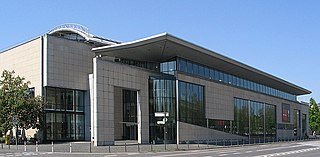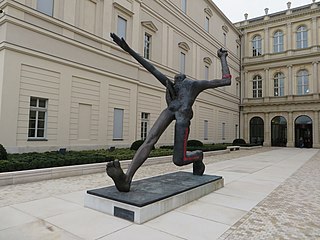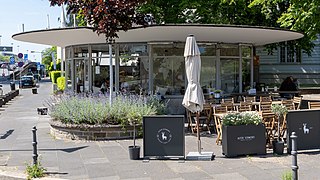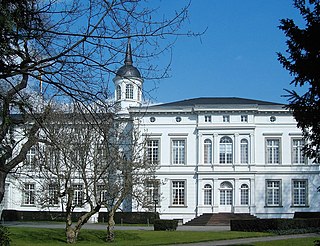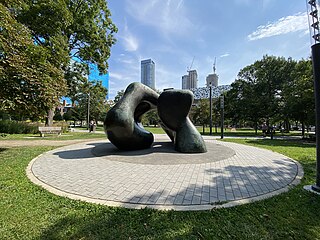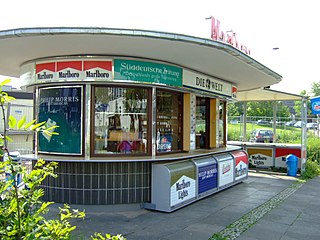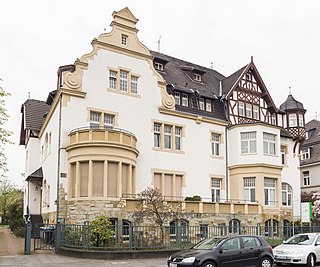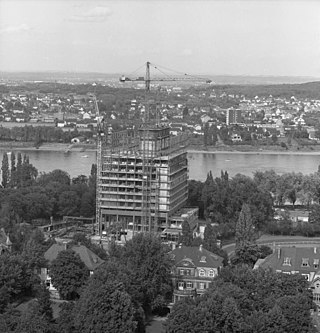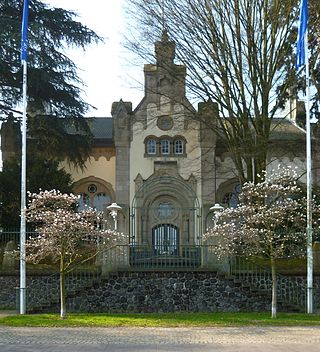Self-guided Sightseeing Tour #4 in Bonn, Germany
Legend
Guided Free Walking Tours
Book free guided walking tours in Bonn.
Guided Sightseeing Tours
Book guided sightseeing tours and activities in Bonn.
Tour Facts
2.3 km
35 m
Experience Bonn in Germany in a whole new way with our free self-guided sightseeing tour. This site not only offers you practical information and insider tips, but also a rich variety of activities and sights you shouldn't miss. Whether you love art and culture, want to explore historical sites or simply want to experience the vibrant atmosphere of a lively city - you'll find everything you need for your personal adventure here.
Activities in BonnIndividual Sights in BonnSight 1: Haus der Geschichte der Bundesrepublik Deutschland
Haus der Geschichte is a museum of contemporary history in Bonn, Germany. With around one million visitors every year, it is one of the most popular German museums. The Haus der Geschichte is part of the Haus der Geschichte der Bundesrepublik Deutschland Foundation, alongside the "Zeitgeschichtliches Forum Leipzig", the "Tränenpalast" at Berlin Friedrichstraße station and the "Museum in the Kulturbrauerei". The foundation's headquarters is in Bonn.
Wikipedia: Haus der Geschichte (EN), Twitter, Opening Hours, Facebook, Instagram, Website
Sight 2: Der Jahrhundertschritt
The Step of the Century is a bronze sculpture that was created by Wolfgang Mattheuer in 1984. It is considered one of the most important works of art in the GDR at the time of the division of Germany and is a parable of the turmoil of the 20th century.
Sight 3: SAS-Pavillon
The SAS Pavilion is a small rotunda on Bonn's Bundeskanzlerplatz, which was built in 1952/53 and was formerly used as a flight agency of the Scandinavian Airlines System (SAS). It is a listed building.
Sight 4: Palais Schaumburg
Palais Schaumburg is a neoclassical-style building in Bonn, Germany, which served as the primary official seat of the German Federal Chancellery and the primary official residence of the Chancellor of the Federal Republic of Germany from 1949 until 1976. As the headquarters of the Federal Chancellery, it was simply known as the House of the Federal Chancellor. Since 2001, Palais Schaumburg has served as the secondary official seat of the German Federal Chancellery and the secondary official residence of the Chancellor of the Federal Republic of Germany.
Sight 5: Large Two Forms
Large Two Forms is a 1966-1969 sculpture by Henry Moore. The monumental sculpture measures 365 cm × 610 cm × 400 cm. It comprises two large curving elements that almost meet. The organic shapes, each with oval openings, resemble two human pelvis bones, positioned as if copulating. The work may have a distant relationship to his 1934 sculpture Two Forms in pynkado wood, now held by the Museum of Modern Art in New York.
Sight 6: Ehemaliger Deutscher Bundestag
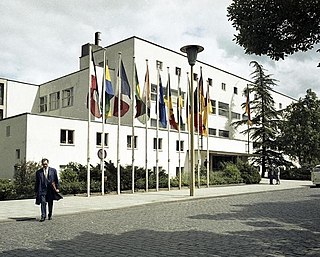
The Bundeshaus is a building complex in Bonn, Germany, which served as the Provisional Parliament House of West Germany, and thus the seat of the German Bundestag and Bundesrat, from 1949 until 1999. The main building, constructed between 1930 and 1933, served as a Pedagogical Academy until the end of the Second World War. After the resolution of the Hauptstadtfrage in 1949 in favor of Bonn, the structure was converted into the provisional seat of the Bundestag and Bundesrat.
Sight 7: Bundesbüdchen
Get Ticket*The so-called Bundesbüdchen is an oval kiosk that is listed as an architectural monument and is located in the former government district and today's federal quarter in Bonn. From 1957, the kiosk stood between the then Federal Chancellery, the Bundesrat and the Bundestag. It had to be dismantled in 2006 and was re-erected in May 2020 near its original location on the corner of Heussallee and Platz der Vereinten Nationen.
Sight 8: Praxis am Post-Tower
The building Kurt-Schumacher-Straße 4/6 is a semi-detached villa in the Bonn district of Gronau, which was built in 1906/07. It is located in the centre of the Federal Quarter opposite the Schürmann Building. The villa is a listed building.
Sight 9: Max Planck Institute for Research on Collective Goods
The Max Planck Institute for Research on Collective Goods is located in Bonn, Germany. It is one of 80 institutes in the Max Planck Society. The institute focuses its study on law, economics and politics of collective goods.
Wikipedia: Max Planck Institute for Research on Collective Goods (EN), Website
Sight 10: Langer Eugen
Get Ticket*Langer Eugen is an office tower in the Gronau district of Bonn, Germany. It was built between 1966 and 1969. Since 2006 it has housed several United Nations organizations. Until the German Bundestag (parliament) moved to Berlin in 1999, the building was the primary location for the offices of the members of the Bundestag. After renovations, eleven UN organizations moved into the building and it began serving as the center of the UN Campus, Bonn. Langer Eugen is protected as a landmark or listed building under the North Rhine-Westphalia Monument Protection Law. It is currently the second-tallest building in Bonn and the 43rd tallest building in Germany. When it was built it was briefly the second-tallest building in Germany, behind the Bayer-Hochhaus.
Sight 11: Altes Wasserwerk
The Old Waterworks is an ensemble of buildings in Bonn, whose pump house housed the plenary hall of the German Bundestag from 1986 to 1992/93. It dates back to the end of the 19th century and used to serve as the city's water supply. Today it contains office and conference rooms. It is located above the banks of the Rhine (Stresemannufer) near the Federal Palace in the district of Gronau with the address Hermann-Ehlers-Straße 29.
Share
How likely are you to recommend us?
Disclaimer Please be aware of your surroundings and do not enter private property. We are not liable for any damages that occur during the tours.
GPX-Download For navigation apps and GPS devices you can download the tour as a GPX file.
